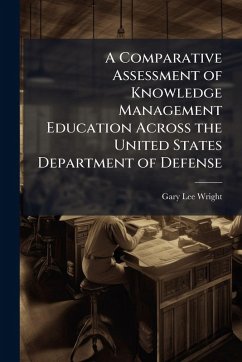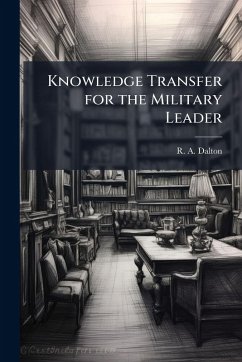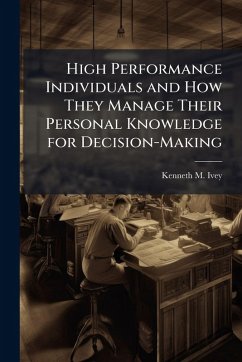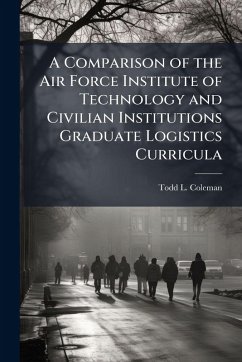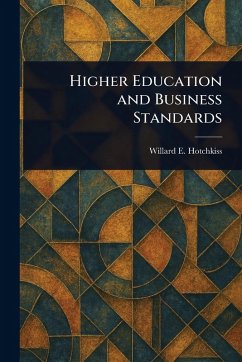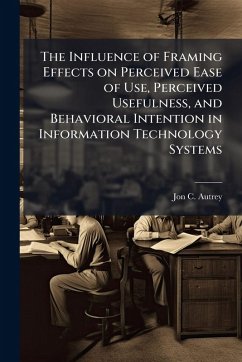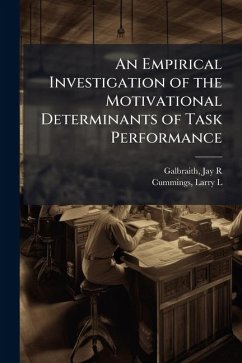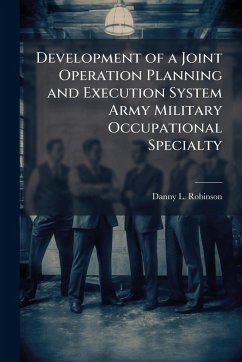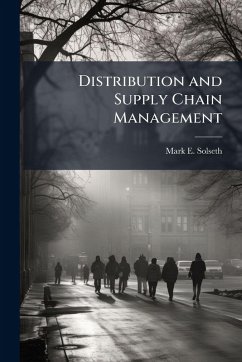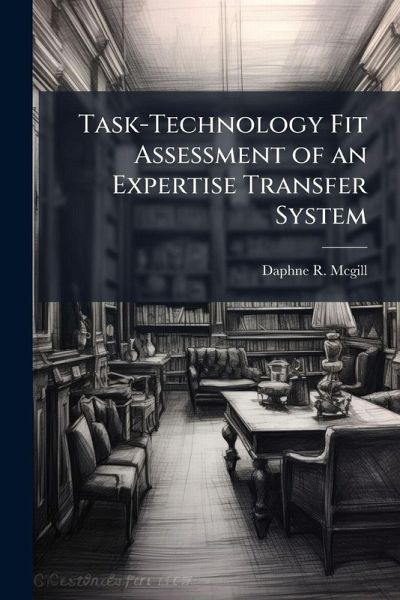
Task-Technology Fit Assessment of an Expertise Transfer System
Versandkostenfrei!
Versandfertig in über 4 Wochen
15,99 €
inkl. MwSt.
Weitere Ausgaben:

PAYBACK Punkte
8 °P sammeln!
Organizations today are using information technology to capture knowledge from experts and disseminate this knowledge to decision makers. Having the right information to the right person at the right time facilitates more effective and efficient decisions. This study uses Goodhue's (1998) Task-Technology Fit (TTF) theoretical model to evaluate an Expertise Transfer Forum (ETF) developed by the Oklahoma State University for the Defense Ammunition Center's quality assurance personnel. The preliminary findings suggest a good fit between the ETF and problem-solving tasks assigned to students in th...
Organizations today are using information technology to capture knowledge from experts and disseminate this knowledge to decision makers. Having the right information to the right person at the right time facilitates more effective and efficient decisions. This study uses Goodhue's (1998) Task-Technology Fit (TTF) theoretical model to evaluate an Expertise Transfer Forum (ETF) developed by the Oklahoma State University for the Defense Ammunition Center's quality assurance personnel. The preliminary findings suggest a good fit between the ETF and problem-solving tasks assigned to students in the DAC classroom environment. The participants also offered the following observations: " The ETF was more suited to the field environment because of the knowledge content " They would only use the ETF if they had a question they could not get the answer to " The ETF transcripts, videos, and nugget views were easy to use " There should be more training on the use of the ETF " Searching using the views was not as easy as a simple keyword search " Expert vetting would enhance the currency and trust in the knowledge " Interviewing instructors instead of and/or in addition to the field experts " Technical issues in this study included video buffering lag and some views that did not open Because of the small N and the specific nature of the ETF content, there was not enough statistical power to generalize our findings. Overall, the findings from this study suggest when populated with current and applicable knowledge, the ETF is a viable tool. This work has been selected by scholars as being culturally important, and is part of the knowledge base of civilization as we know it. This work was reproduced from the original artifact, and remains as true to the original work as possible. Therefore, you will see the original copyright references, library stamps (as most of these works have been housed in our most important libraries around the world), and other notations in the work. This work is in the public domain in the United States of America, and possibly other nations. Within the United States, you may freely copy and distribute this work, as no entity (individual or corporate) has a copyright on the body of the work. As a reproduction of a historical artifact, this work may contain missing or blurred pages, poor pictures, errant marks, etc. Scholars believe, and we concur, that this work is important enough to be preserved, reproduced, and made generally available to the public. We appreciate your support of the preservation process, and thank you for being an important part of keeping this knowledge alive and relevant.



